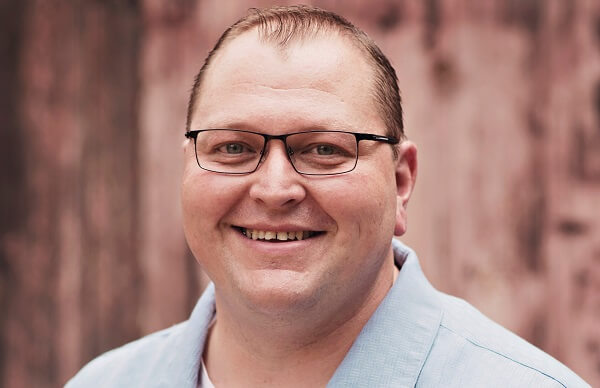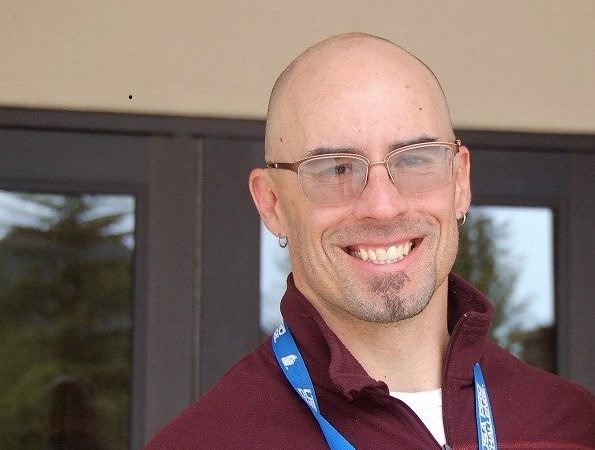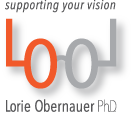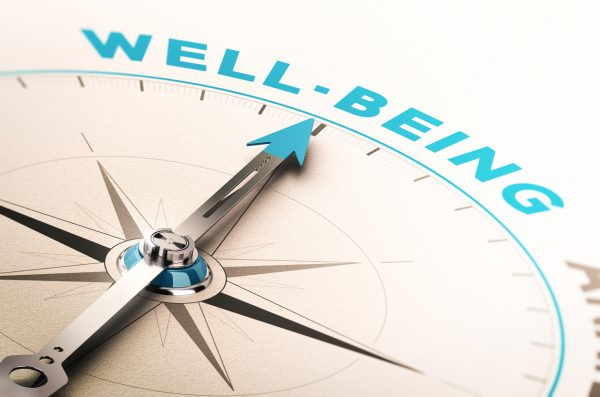by Dr. Annie Peters: Harmony Foundation’s Chief Clinical Officer
Harmony has been helping people who are struggling with addiction to find recovery since 1969. While Harmony is well-known in Colorado for providing clients and families with support and quality services for many decades, reputation means little without demonstrating that people do, in fact, get better.
Defining what recovery is, and demonstrating that people who use Harmony’s services begin finding recovery, are essential components to the provision of ethical and effective care. Harmony’s mission is to provide the foundation for recovery from the diseases of drug and alcohol addiction. If clients leave treatment and begin re-developing lives of purpose, satisfaction, and rewarding relationships, we know we have helped to provide the foundation for a journey toward wellness.
Harmony contracts with an external research organization, OMNI Institute, to examine treatment outcomes regarding substance use, psychological well-being, and improvement in life satisfaction.
Data collection for the most recent outcomes study performed by OMNI began in March 2015, and the study was finalized in 2017. One hundred and forty eight (148) Harmony clients were assessed upon admission, at discharge, and at 1, 6, and 12 months post-discharge. The percentage of clients who responded at these time points were, respectively, 100%, 94%, 63%, 61%, and 64%. While results cannot be generalized to clients who were unable to be reached for follow up, a number of statistically significant findings can be reported and provide valuable information about the effectiveness of care provided at Harmony.
DEMOGRAPHICS
Understanding the people we serve helps us provide the highest quality of care by tailoring treatment interventions to the specific needs of our clients. In this study, the average age of clients was 38, with a range from 18-65. Sixty-four percent (64%) of clients identified as male, and 36% identified as female. All clients were asked to identify their “primary drug.” The majority of clients (74%) identified this as alcohol, followed by heroin (10%), methamphetamine (6%), other opiates/painkillers (5%), and marijuana (3%).
Clients under the age of 25 typically used more substances – the average number was four. The primary drug differed by age as well; clients under 25 identified heroin or alcohol (38% for each), followed by marijuana (13%).
REASONS FOR DRUG/ALCOHOL USE
Clients were asked about the reasons they used alcohol and drugs, and their responses help us understand how to help people better. Many clients (30%) said they used substances for “self-medication” or emotional pain/mental illness (28%). Other common answers were using for pleasure (22%), to escape reality (15%), habit (13%), or pain (5%).
PREVIOUS TREATMENT AND REASONS FOR SEEKING TREATMENT
About a third of clients had been to a detox treatment before, and about a third reported a prior treatment for substance use. Another third reported never having any treatment for drug or alcohol use.
About half of clients surveyed reported a prior diagnosis of a mental health disorder, with the most common diagnoses being depression (37%), anxiety (25%), ADHD (11%), PTSD (7%), and bipolar disorder (6%).
Most clients said that coming to treatment was a personal decision (71%). Other common reasons given for seeking treatment were a family situation, health reasons, a legal situation, or a job-related reason.
POST TREATMENT OUTCOMES
After leaving Harmony, clients were asked at 1, 6, and 12 months about their drug and alcohol use. They were asked whether they had been continuously abstinent from drugs/alcohol since discharge, and they were also asked if they had been clean/sober for the previous 30 days. As can be seen in the table below, over half of clients at one year post-discharge had been continuously abstinent since coming to Harmony, and 71% of them had been abstinent for the past 30 days.
Follow-up %Abstinent for %Continuously Abstinent
Time Past 30 Days since Discharge
1-month 77% (n=88) 68% (n=91)
6-month 64% (n=90) 57% (n=91)
12-month 71% (n=90) 54% (n=95)
Abstinence since treatment is not the only outcome that demonstrates that clients are recovering and have improved their lives. In this study, we also wanted to determine how quality of life had improved for people who had come to Harmony. So all those surveyed were asked questions about relationships with family and friends, physical/emotional health, and other factors. Clients reported significant improvements over time in their family relationships, friendships, spiritual connection, physical health, emotional health. They also reported significant positive changes in their ability to handle finances and handling problems or conflicts, as well as improvements in self-respect. There were also significant reductions in arrests and other legal problems post-discharge, as well as improvements in employment status.
Because so many of our clients have co-occurring mental health issues, we also asked questions about symptoms of anxiety and depression. There were statistically significant reductions in symptoms such as hopelessness, fatigue, nervousness, restlessness, sadness, and feelings of worthlessness.
WHAT PREDICTS ABSTINENCE
In order to continuously improve Harmony’s services, we wanted to determine if there were factors that were associated with post-treatment abstinence. For example, do older clients have better abstinence rates than younger clients? Is primary drug related to abstinence rates, such that clients who primarily used alcohol do better than clients who primarily used heroin?
Interestingly, the only variable that predicted abstinence was the reduction in mental health symptoms during treatment. In other words, the more clients’ symptoms of depression and anxiety decreased during their time at Harmony, the more likely they were to remain abstinent after leaving treatment.
WHERE DO WE GO FROM HERE
One of the most compelling and recurrent themes in this study was the importance of mental health care and support. As mentioned above, self-medication of emotional pain and mental health issues were primary reasons clients reported for using drugs and alcohol. Half of our clients had co-occurring mental health diagnoses. And the single best predictor of post-treatment abstinence was the reduction in symptoms of depression and anxiety that clients reported during their treatment at Harmony. For the past few years, Harmony has worked to improve the quantity and quality of support provided for mental health issues. We have added mindfulness groups, a trauma coping skills group, and education groups on a variety of mental health topics. Clients can receive both addiction-specific counseling at Harmony and counseling specific to psychological issues. Given the results of this study, Harmony plans to continue enhancing the services provided to help people recover not just from chemical use, but from underlying emotional issues that can increase risk for relapse.
While the results of this study show that Harmony clients do, overall, have improved lives and decreased drug and alcohol use, we want to help more individuals and more families to recover, with more significant reductions in substance problems and more improvement in life functioning. Harmony is committed to continuous improvement in our services to provide even better care and help more people find their way to recovery. Studies such as this one remind us why this work is so important and why we need to always examine ourselves and find areas for improvement.
CLIENT FEEDBACK
At the end of each survey, clients were asked if they had any feedback about the Harmony experience. Common answers were that they appreciated the support provided by staff as well as the community they built with the other clients. While data can provide us with important feedback on who we serve and how we can continually do better at helping people find recovery, it is these comments that remind us why we do what we do at Harmony:
“I have come to better understand myself, my need to use, and what I am struggling with so that I won’t need to turn to drugs and alcohol to deal with my problems.”
“I’m really grateful to Harmony…it helped me a lot… I was in really bad shape. If I would have went somewhere else, I probably wouldn’t still be clean.”
“The staff here was absolutely amazing and seemed to truly care about me and my recovery. They were instrumental to my time here and truly helped me recognize qualities and worth in myself that make my sobriety worth fighting for.”













